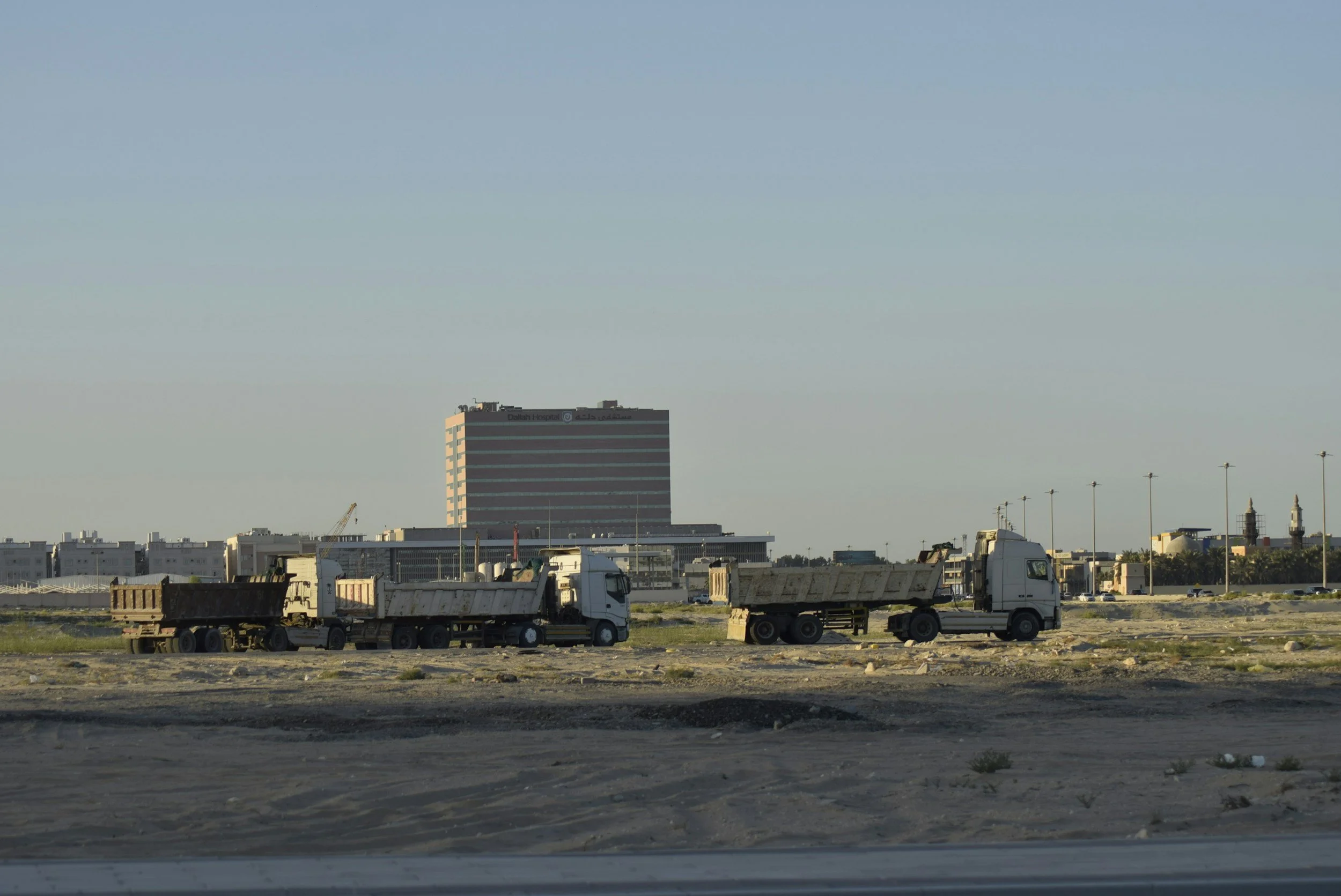Osaka Expo Redevelopment and the Global Entertainment Race 1 of 3
Key Takeaways:
Osaka’s post-Expo redevelopment introduces multiple stadium-grade assets — a proposed Formula One-oriented racing circuit, a large water park, and a 6,000-seat conference arena — forming the basis of a next-generation live-event district.
Global comparisons to Las Vegas and Singapore emphasize that modern destinations win through denser venue ecosystems, not individual attractions. Osaka starts with an advantage: its existing sports-venue concentration on Maishima Sports Island.
The Maishima cluster — including Maishima Baseball Stadium (aka Osaka City Shinkin Stadium, home of Orix/Buffaloes’ farm team), Ookini Arena (home to Osaka Evessa), and a broad range of Mizuno-operated sports facilities — positions Osaka to build Japan’s first true dual-island stadium district.
Article Summary
Osaka Expo site redevelopment envisions global entertainment hub (Nikkei, Oct 14, 2025)
Following Expo 2025, Osaka will redevelop the Yumeshima venue in two stages: the central 42 hectares will be opened to developers for a water park and a potential Formula One–attracting circuit, while the southern waterfront will be prepared for a long-stay resort. Adjacent to this site, construction has begun on Japan’s first integrated resort with a casino, luxury hotel, and a conference center accommodating over 6,000 people. Osaka aims to draw 30 million annual visitors but faces competition from new venue investments in Las Vegas and Singapore.
Yumeshima’s Next Phase Is a Stadium-District Blueprint in Disguise
The article frames Yumeshima as an entertainment redevelopment, but the infrastructure described resembles a stadium-district architecture more than a resort development. A racing circuit capable of attracting Formula One events functions like an international stadium in both calendar intensity and broadcast reach. A 6,000-seat conference arena mirrors the role of a mid-size indoor venue. A large water park adds consistent, family-oriented throughput that supports retail and hospitality layers.
Rather than thinking of Yumeshima as a one-off attraction, the article suggests Osaka is building the physical components of a metropolitan live-event engine — the same logic that underpins the rise of Las Vegas’ Sphere-anchored corridor or Singapore’s multi-venue Marina Bay ecosystem.
Osaka Already Has a High-Functioning Venue Hub Next Door
What elevates this redevelopment is its adjacency to Maishima Sports Island, which is operated by Mizuno as the designated manager. Maishima is not a simple training area — it is one of Japan’s densest collections of sport-venue infrastructure:
Maishima Baseball Stadium (Osaka City Shinkin Stadium) — home field of the Orix/Buffaloes’ farm team, offering a steady rhythm of professional baseball activity throughout the year.
Ookini Arena Maishima — home of B.League’s Osaka Evessa, functioning as a city-scale indoor arena.
Mizuno Sports Plaza Maishima — a large cluster of indoor and outdoor tennis courts, futsal courts, and multi-purpose fields.
Cerezo Osaka training grounds — establishing Maishima as a base for top-tier football operations.
This existing sports island gives Osaka something no competitor has at the outset: a built-in, continuously active stadium platform. Yumeshima brings peak events. Maishima brings the weekly and seasonal cadence that stadium districts require to achieve both financial sustainability and operational stability.
Yumeshima and Maishima Form a Dual-Island Stadium Ecosystem
The article highlights Osaka’s ambition to create an “overwhelmingly extraordinary space.” From a stadium-development perspective, the extraordinary part is already emerging: the Yumeshima–Maishima pairing creates an integrated waterfront district that mixes:
community and professional sports;
global motorsport potential;
arena-scale MICE programming;
hospitality capacity from the integrated resort; and
recurring local attendance from baseball, basketball, and seasonal sports.
This is the foundational logic that global institutional investors look for — multiple venues feeding one another’s demand curves, rather than isolated facilities competing for relevance.
Our Perspective: Osaka Is Building the Hardware and JSP Brings the Platform Strategy
Osaka is not merely redeveloping an Expo site. It is building the structural frame for Japan’s most advanced stadium-led waterfront district — and with Yumeshima and Maishima together, the city already has more raw potential than most global entertainment hubs at the same stage.
In Part 2, we will discuss how Yumeshima’s redevelopment, Maishima Sports Island, and Maishima Baseball Stadium can be tied into a single integrated stadium-district model, showing how Osaka can orchestrate these assets into Japan’s strongest multi-venue ecosystem.
(All images in this post are licensed stock images used for illustrative purposes only. Viewer discretion is appreciated.)

